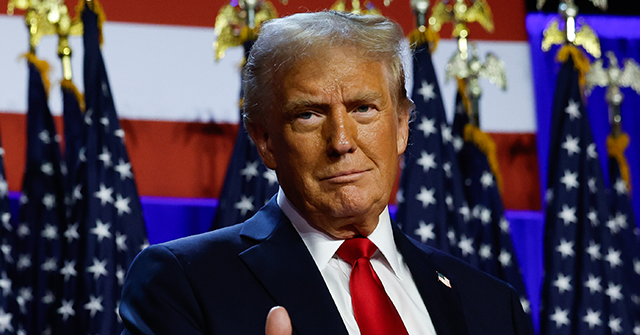The 2024 presidential election outcome indicates a significant rejection of the economic policies associated with President Joe Biden and the Democratic Party, leading to the re-election of Donald Trump. This election was largely driven by a dissatisfaction with the state of the economy, as revealed by exit polls showing that 63% of voters rated the economy as either “poor” or “not so good.” Trump’s notable strength among voters who viewed the economy negatively—winning 84% of those who described it as poor—highlights the prevailing sentiment that the economic conditions under Biden were inadequate. Meanwhile, Vice President Kamala Harris’s claims of a robust economy, characterized by an unemployment rate of 4% and higher per capita GDP, were met with skepticism by many voters, reflecting a disconnect between Democratic rhetoric and voter perceptions.
The election was marked by the long-standing challenge incumbents face when public opinion on the economy is unfavorable. Despite Harris’s efforts to distance her candidacy from the Biden administration’s policies, she struggled to gain the trust of voters on economic issues. According to the polls, only 41% believed Harris would be a better steward of the economy compared to 50% who favored Trump. Trump’s economic narrative resonated strongly with voters, particularly as they identified the economy as the most pressing issue of the election, with 39% of voters prioritizing it. The runner-up issue was immigration—also tied to economic concerns—with Trump commanding overwhelming support among those who viewed it as important.
Analysts and commentators seemed to underestimate the significant emphasis voters placed on price stability. For many, the high inflation rates and increasing costs of living overshadowed the relative strength of employment figures. The perception of inflation’s impact on daily life emerged as a critical determinant in voting behavior. A shift in voter priorities became evident as they focused on cost-of-living concerns, diverging from traditional political narratives that centered more on employment levels. This new perspective was shaped by recent experiences of inflation and price increases rather than a nostalgia for previous economic challenges which made unemployment a prevailing concern.
Concerning specific economic issues, health care and fuel prices emerged as critical points of contention. The Fox News exit poll illustrated a striking shift, showing Trump benefitting even among voters traditionally aligned with Democratic policies on health care. Voters expressing concern over rising health care costs favored Trump 54% to Harris’s 44%. Similarly, for those worried about gasoline prices, Trump’s support ballooned to 66%, reflecting widespread dissatisfaction with current economic conditions. Voter sentiment surrounding grocery and food prices also followed suit, as Trump garnered 60% among those most concerned, despite Harris’s attempts to address the issue with price control measures.
Housing affordability remained a notable concern in voters’ minds, with over half expressing substantial worry. Trump again gained an edge in this segment, winning 56% of the vote from those extremely concerned about housing costs. Harris’s proposals aimed at homebuyer subsidies did not resonate well with this demographic, indicating widespread skepticism about Democratic solutions. Additionally, views on tariffs revealed a divided electorate, yet Trump successfully captured a solid majority of tariff supporters, indicating his policies were resonating with a segment of voters that saw merit in economic nationalism.
In summary, the election served as a referendum on economic performance, with voters decisively opting for Trump’s policies over those of the Biden administration. Their preference for less inflation, economic nationalism, and a revival of perceived prosperity underscored the clear mandate presented to Trump as he prepares to begin another term in office. The overarching narrative emphasizes a demand for economic revitalization, suggesting that Trump’s approach to addressing inflation and economic concerns will be central to his upcoming policy agenda in the White House.

